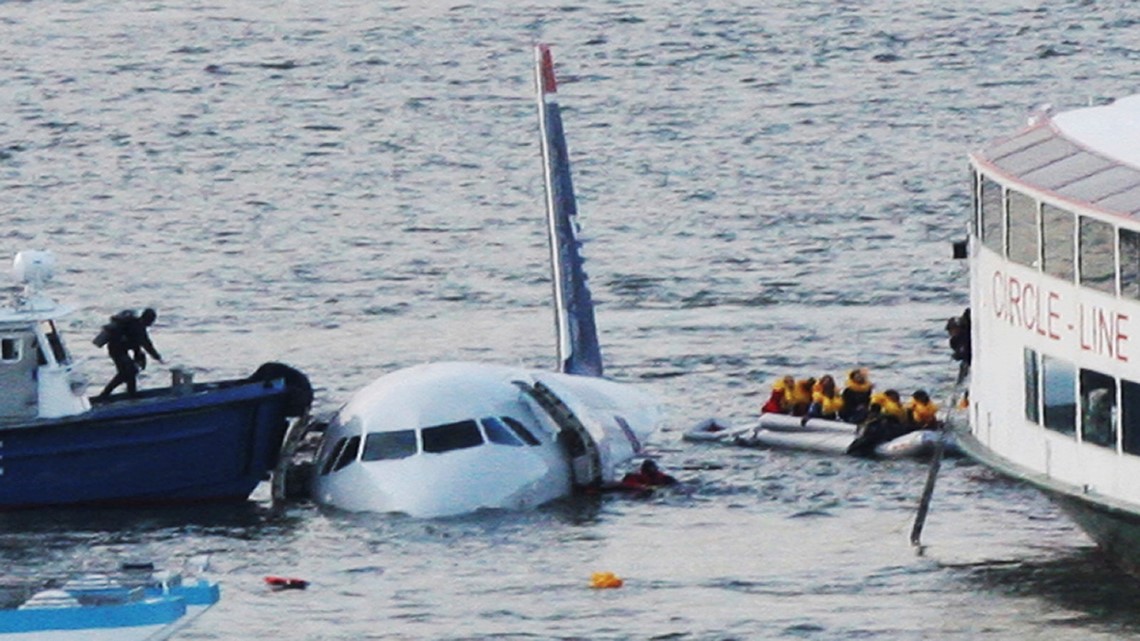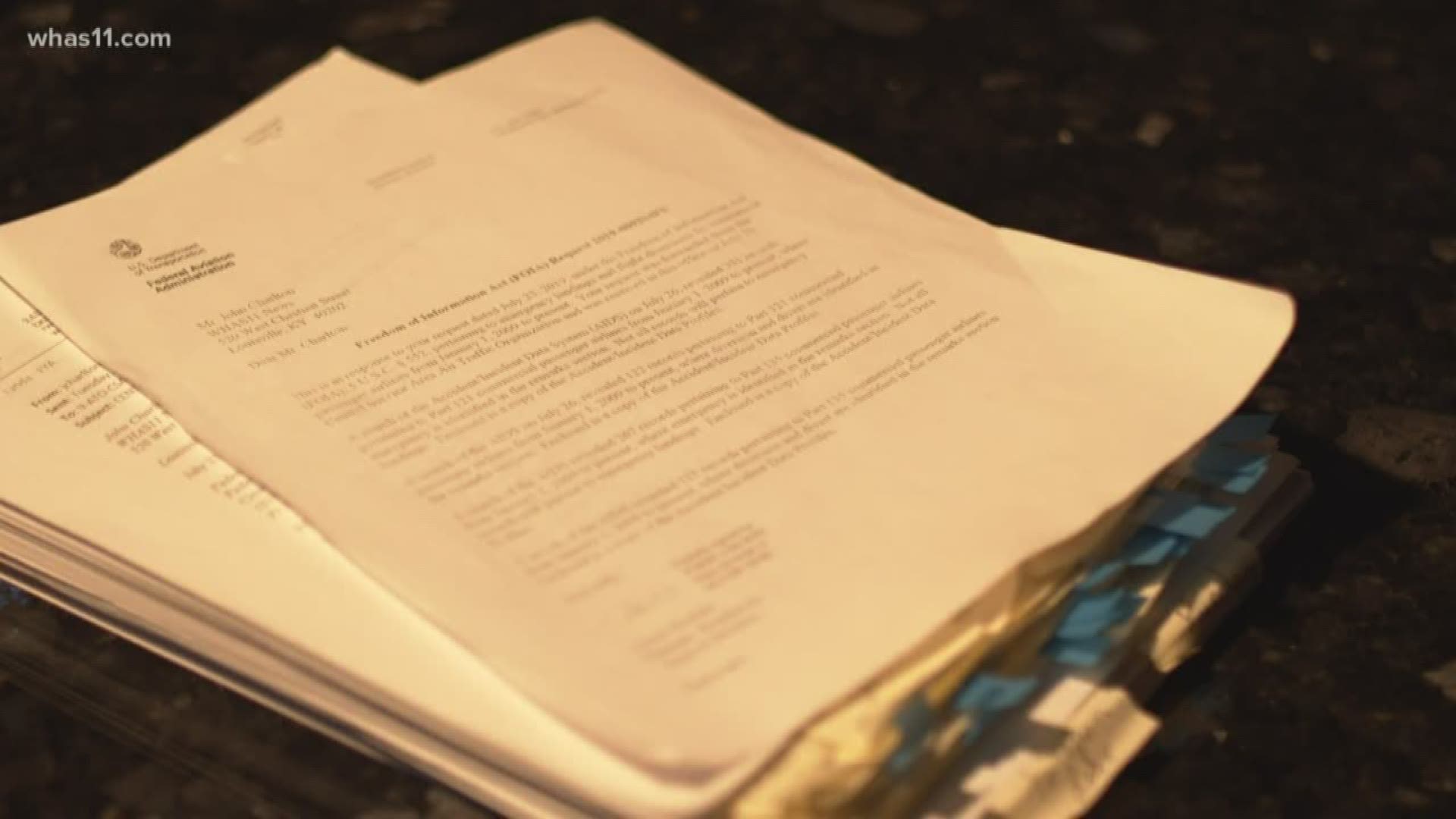LOUISVILLE, Ky. — October 22nd around noon, as planes land on the East Runway, it looks like a catastrophic crash at Louisville Muhammad Ali International Airport.
Fire and mass casualties, with a massive response from more than 20 different mutual agencies.
Emergency responders train for this and this training exercise was the largest ever at the airport.
“Should a major aircraft incident happen here at SDF, you don’t know what those circumstances are going to be until that event,” Natalie Chaudoin, Louisville Regional Airport Authority, said.
Bird strikes were the reason for a “Miracle on the Hudson” or a blown engine blowing out a window at 32,000-feet, the reason for a rapid descent and diversion to another airport.


We’ve seen these emergencies in the headlines but so many other ones seem to fly under the radar.
Many of these incidents don’t get the attention but still have to be reported to the Federal Aviation Administration.
The FOCUS team asked the FAA for data on emergency landing and flight diversions over the last ten years.
So they provided us with 245 pages, including 848 pages incidents by out count, hits from an FAA search of its Accident/Incident Data System using keywords “emergency,” “divert,” and “diversion.”
Many are duplicates of the same flight because the plane’s declaring an “emergency” often have to “divert” to the closest airport.
The most frequent reasons, from what the FOCUS team found, were bird strikes, turbulence causing injury, and landing gear problems – fire and smoke even more so.
With that in mind, many of the summaries of what happened are pretty scary.


For example, On Nov. 14, 2009, after takeoff from Kansas City, a Frontier flight hit a large flock of birds that caused both engines to lose power with the number two engine stalling.
The captain managed to safely return to the airport.
During the descent into Harrisburg, Pennsylvania on March 3, 2012, severe turbulence caused an Air Wisconsin plane to drop 300-feet.
The sudden plunge lifted a flight attendant into the air, who hit her head and she then crashed onto the floor. She fractured a vertebra.
While cruising on Jan. 12, 2016, a Hawaiian Airlines flight diverted to the nearest airport because of fire and smoke in the cargo hold. The cause? An e-cigarette.
The same year, a Skywest flight made an emergency landing on Dec. 4 in Pensacola, Florida when an engine blew.
Flying debris went through the left side of the airplane causing depressurization. That forced passengers and crew to put on oxygen masks.
When showing a stack of papers to Marissa Colclasure, a commercial airline pilot, she said, “I’m amazed that it probably wouldn’t be thicker to be honest.”
With all the flights in the air daily, more than 44,000 the FAA handles, emergencies are declared all the time.
The stack may be smaller because the FAA admits there's no specific database which keeps a record of all emergencies and many cases get turned over to the National Transportation Safety Board.


Colclasure knows bird strikes are dangerous.
“Some larger birds, buzzards can hit with such force that they can make their way actually into the cockpit,” she said.
Sometimes there are problems that would make a pilot want to get on the ground faster than others.
“There’s a lot of scenarios that we train and go through,” Colclasure said. “You don’t want a cracked windshield at 35,000-feet. No, you would not.”
A lot can go wrong with an airplane but as stated repeatedly in the data and reiterated by Cloclasure, crashes happen and are personal for her.
“My dad actually died in a plane crash. It was an engine failure right after takeoff and 16 of the 22 onboard died,” she said.
It didn’t stop her from flying and she says this date shouldn’t scare people either to stay grounded.
“I mean it’s so much safer than driving,” she said. “They’re highly maintained aircraft and pilots are trained and everybody's getting training, and there's always constant changes too to that because of reports like this.”
►Contact FOCUS investigative reporter John Charlton on Facebook, Twitter or email at jcharlton@whas11.com.
Have an idea or tip? Contact the FOCUS team at focus@whas11.com
►Make it easy to keep up-to-date with more stories like this. Download the WHAS11 News app now. For Apple or Android users.
Have a news tip? Email assign@whas11.com, visit our Facebook page or Twitter feed.

